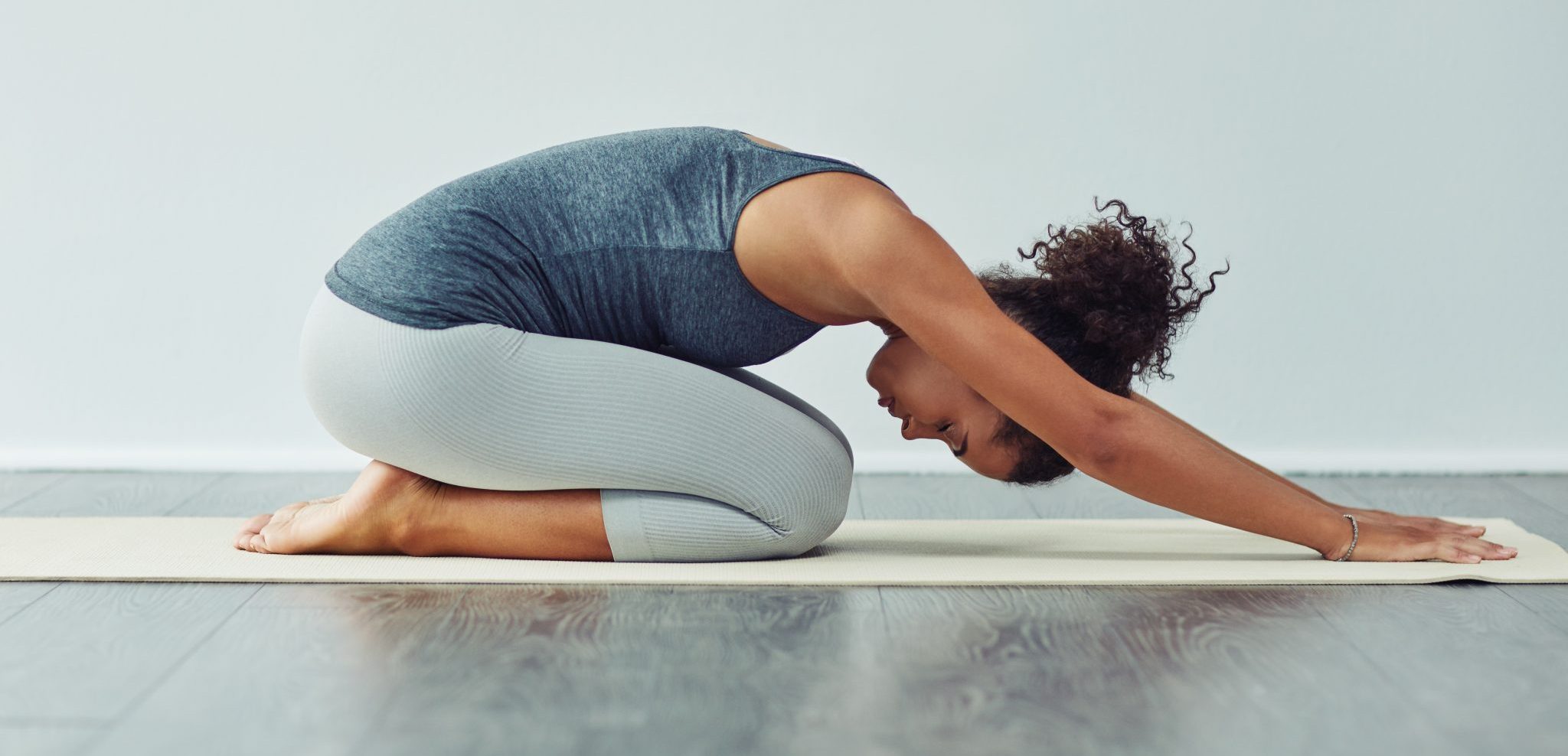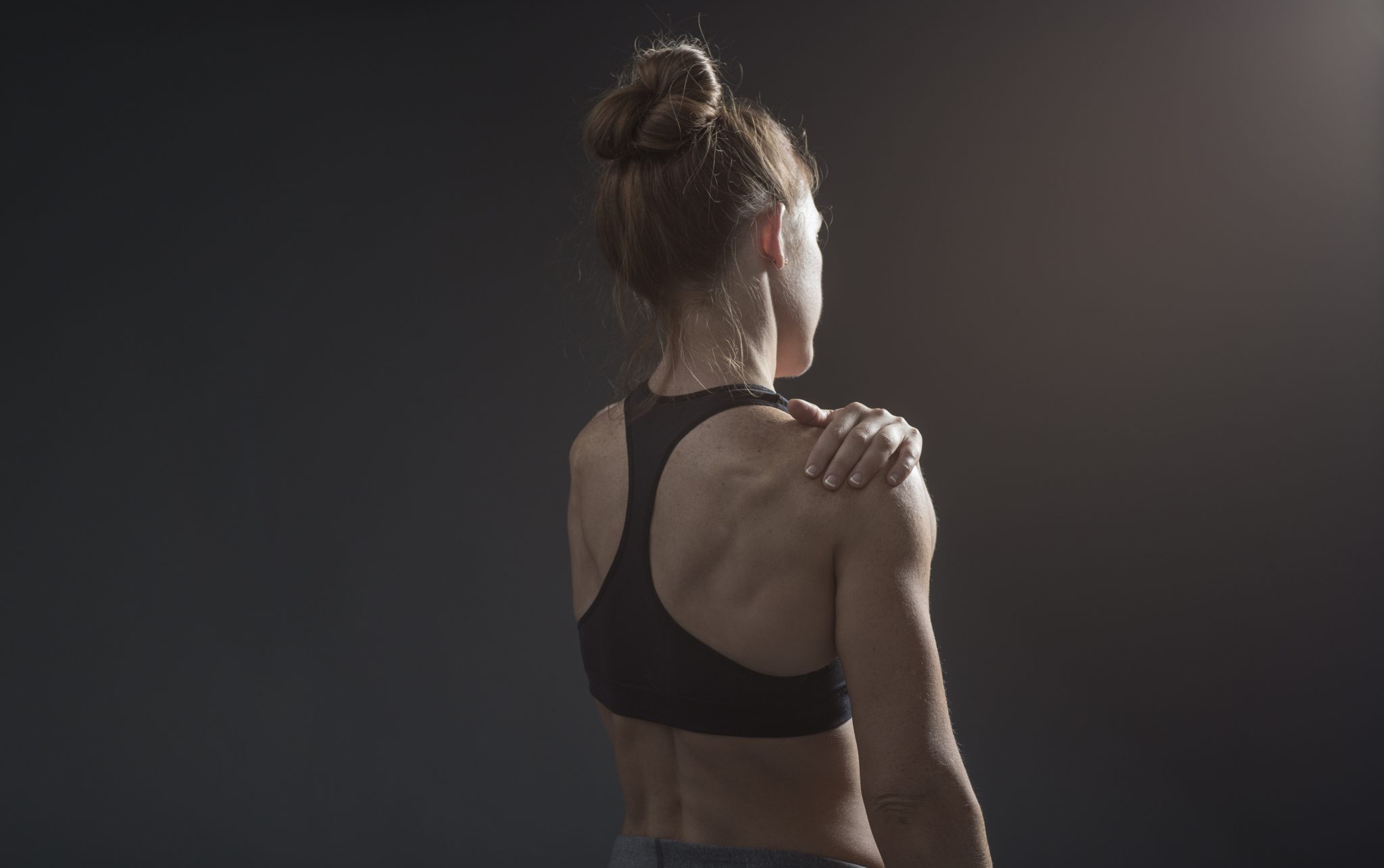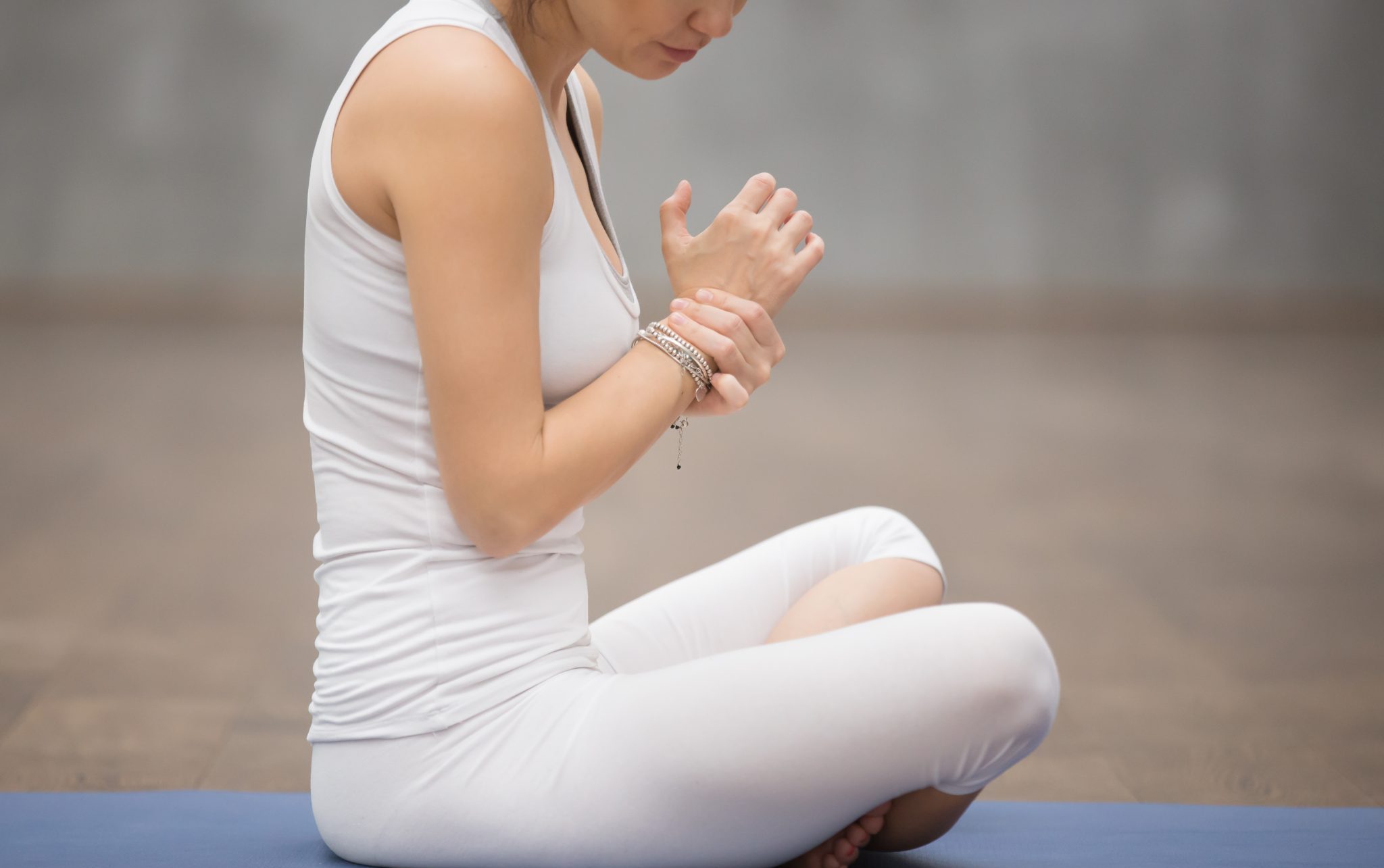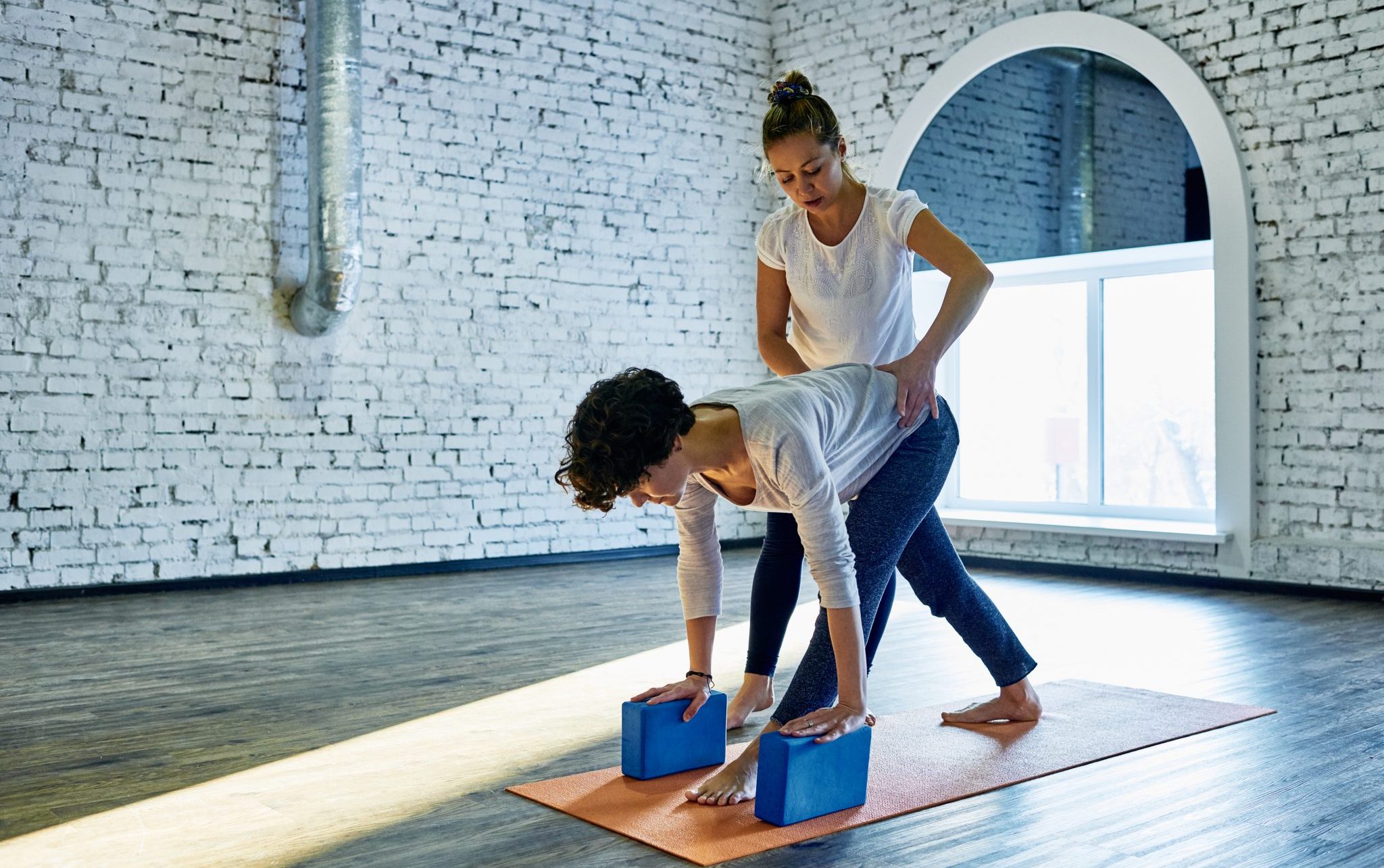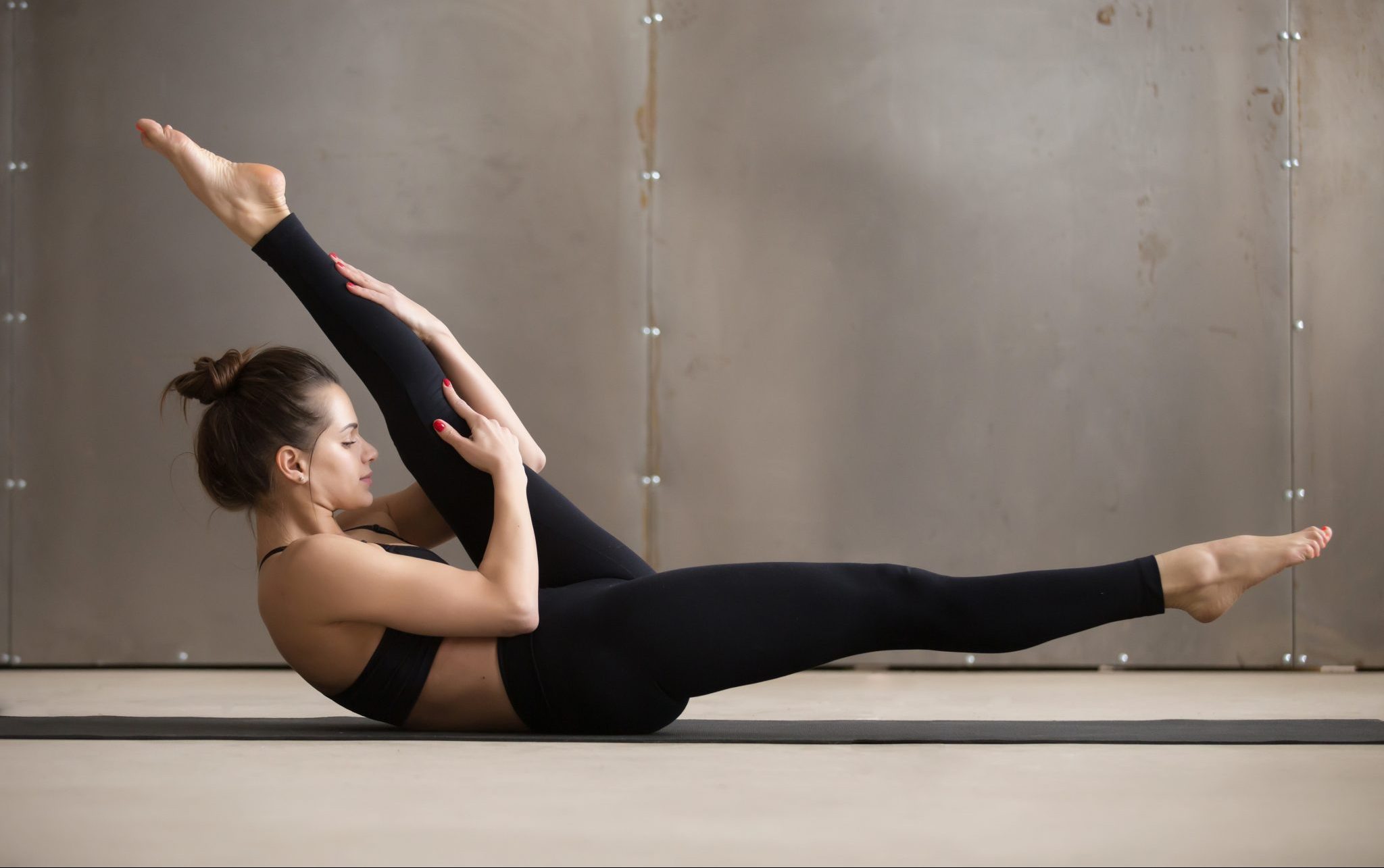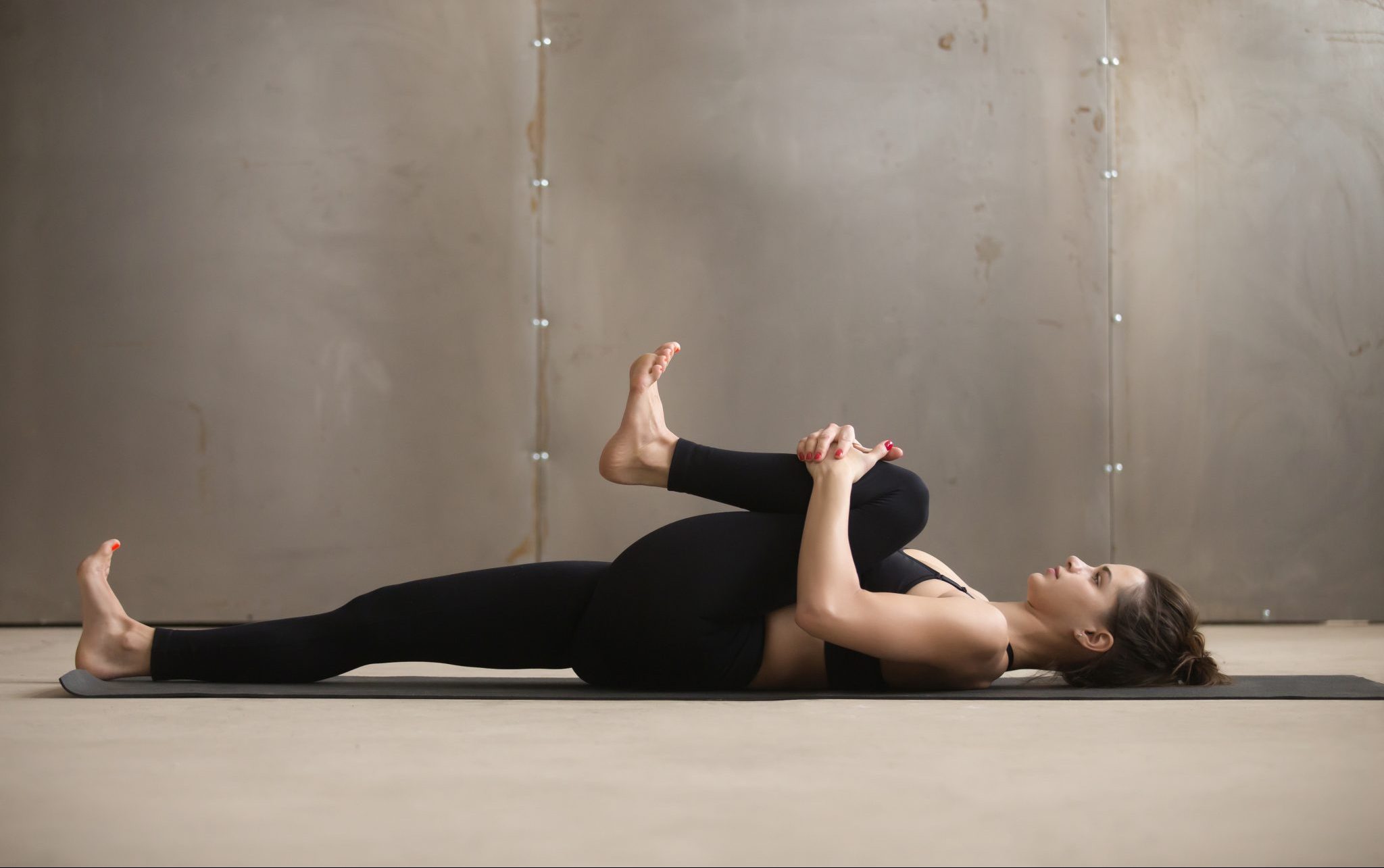There's not much you can say to compromise the magnificent practice of yoga. However, it is no different from other physical activities in that, if you don't exercise properly and carefully, you can end up with a physical trauma. So let's go through the most common yoga injuries and what to do to avoid them.
Neck
Your neck has a very important and burdensome responsibility – to carry your head all day long. And that's up to 11 lbs (5 kg) we're talking about! It's important to note that neck injuries are the ones you want to avoid the most, as they cause the most discomfort and take the most time to fully heal.
That being said, even regular crunches, not done carefully, can be too much of a strain to your neck. Not to mention a somewhat more challenging yoga poses, such as headstand, shoulder stand, and plough that put a lot of weight on your neck.
The best thing you can do is to prioritize the safety of your neck whenever trying to do a new pose. Distribute your weight throughout your body. Keep your spine straight from your tailbone to your head in such poses as plank and downward-facing dog. Always keep in mind the proper vertebrae alignment in poses that require some sort of a spine curve, such as in cat-cow pose.
Shoulders
Shoulders probably get the least amount of attention when it comes to our daily muscle hygiene.
We usually remember how important it is to stretch them regularly only when they start hurting. This is because most of the injuries are not sudden, but rather building up in a period of time.
Shoulder strain is also one of the most common yoga injuries. They are often affected by repetitive strain or stress injuries (RSIs). It occurs when a pose is repeatedly done incorrectly, done too many times, and staying in the pose for too long. One of the most dangerous postures for shoulders is chaturanga, which is somehow extremely popular in yoga classes.
It's crucial to remember to keep your shoulders as farther away from your ears as possible. Constantly check on them and make sure you set them down and slightly back. Engage your arms throughout their length lessening the amount of weight on your shoulders when pressing from the floor.
Wrists
These are really small joints that have to work a lot in yoga practices. If you're a beginner, rest assured that your wrists are not used to this kind of amount of pressure that yoga requires, so taking it easy is crucial here.
Poses such as side plank, chaturanga, handstand, and crow are extremely demanding for a beginner's wrists. Warming up before the practice and allowing your wrists short stretching breaks is the easiest prevention.
Also, make sure you distribute your body weight throughout the entirety of your palms without cupping them inwards. It's important to keep your shoulders aligned above your wrists – don't lean too much forward.
Lower back
These injuries are usually caused by rounding the spine in the opposite way that it naturally means to. The good examples of such poses are forward fold and downward-facing dog.
Another reason for lower back injuries is keeping your legs straight when shifting from one pose to another or locking the legs while in a pose. This puts too much strain on your lower back and disc as they try to keep your whole body steady.
The trick here is to engage your toes by spreading them and pressing the bones under your big toe joints away from your body. This way you tone up the muscles in your legs, lessening the weight that your lower back has to deal with.
Make sure to bend your knees ever so slightly when folding forward. An engaged core is always a great contributor to a healthy back.
Hamstrings
You're risking to get this type of yoga injury whenever you stretch your hamstrings without incorporating your upper body. This way your hamstrings get all the pressure and can't let go one bit unless you engage your front, quadriceps, and lower abdomen. And in general, in terms of stretching, less is better than too much.
The best thing you can do to prevent this trauma is to use props to bring the floor closer to your palms. Plus, bend your knees as much as you need when doing such poses as forward fold.
Knees
Two main reasons for pain, discomfort, or tightness in the knees while doing yoga are pre-existing injuries and tight hips.
The most important thing to remember here is to keep your knees over your ankles at all cost when doing any kind of lunge. You may find it tempting to let your knees fall inwards, but you should definitely prevent them from doing so.
Engaging all of your toes is key. Also, never lock your knees when holding a posture, rather keep them slightly springy.
How to do yoga without hurting yourself:
- Know your limits and mind your own business. Everyone's body is different so there's no use in constantly checking how everyone else in your class is doing. Trust your yoga trainer to guide you through your own personal journey.
- No pain, no gain? Think again. If it starts hurting, stop and ease up your pose or retreat from it a bit. Pain is a signal that you're not ready. Keeping this in mind is the best yoga injury prevention. Always ease into a new pose.
- Enthusiasm is a great virtue, but it can block your common sense. As hard as it can be, try to start slowly. Be careful with 30-day challenges and yoga retreats if you're a complete beginner. Start with a couple of practices per week and add one practice when you feel ready. Give your muscles time to repair.

